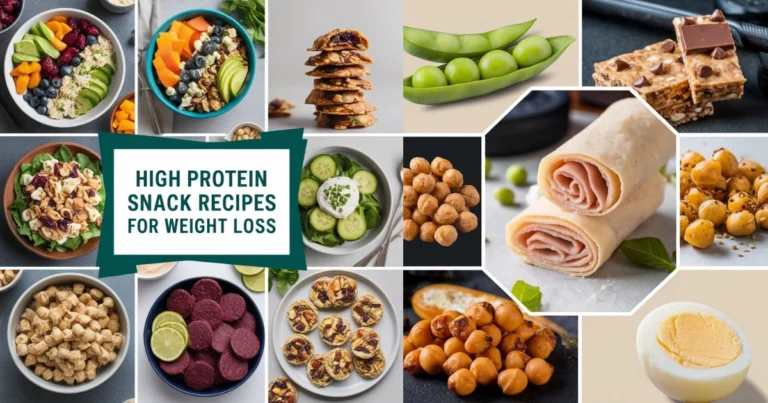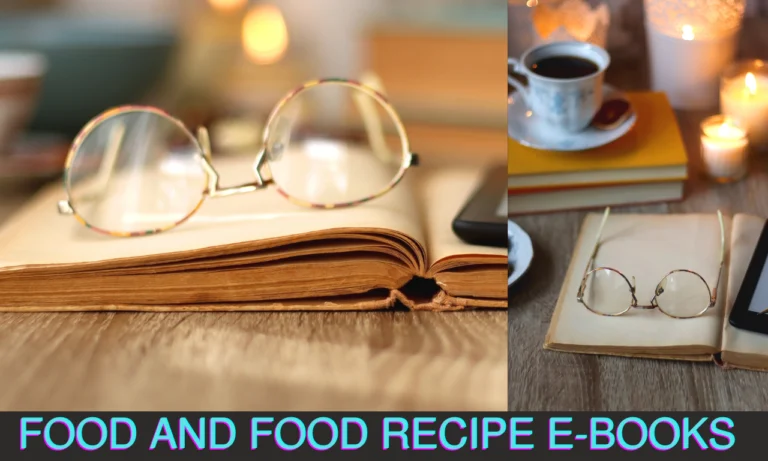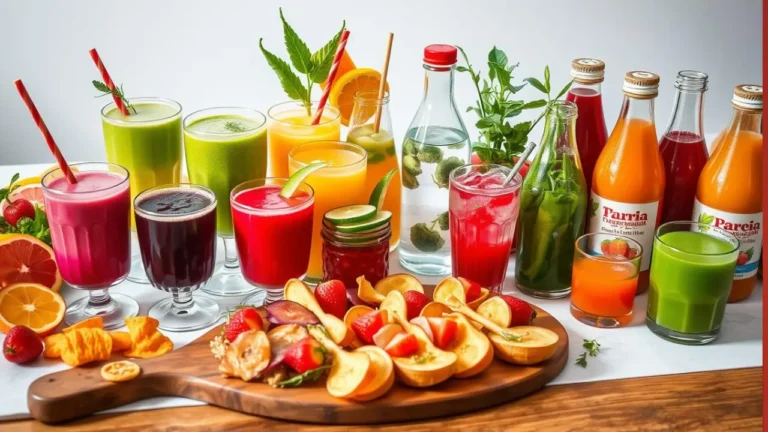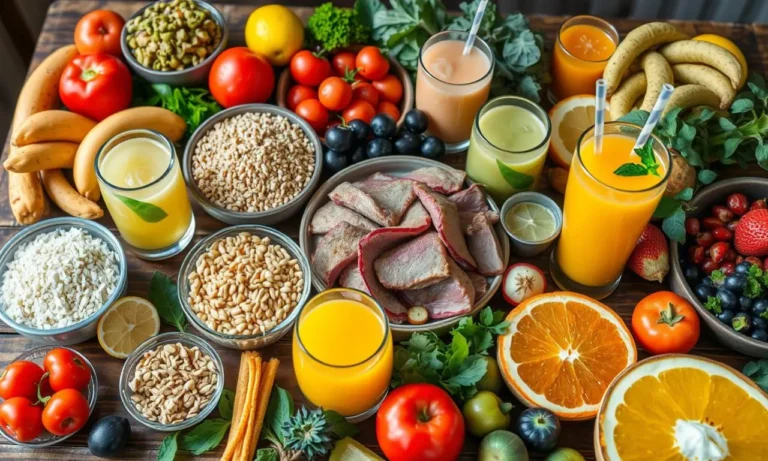Comprehensive and Engaging Food and Drinks Lesson Plan PDF for Grade 1
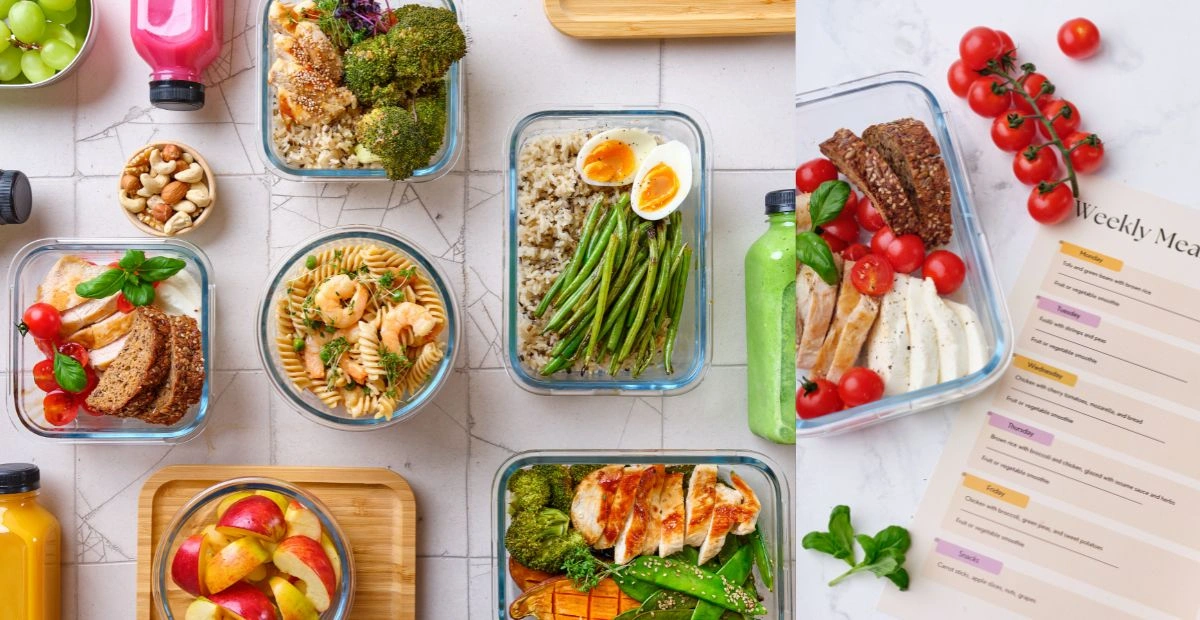
Table of Contents
Download free a comprehensive Food and Drinks Lesson Plan PDF for Grade 1 that introduces vocabulary, healthy eating habits, and fun interactive activities. Perfect for building descriptive language skills and engaging young learners in nutrition concepts.
ntroduction to Food and Drinks for Young Learners
Teaching food and drink vocabulary to first-grade students is essential not only for language acquisition but also for helping young learners understand the world around them. Children in this age group are naturally curious about the foods they eat and the beverages they consume daily. A lesson plan focused on food and drinks can engage students while building their vocabulary, enhancing their understanding of nutrition, and promoting healthy eating habits.
A well-structured lesson plan should include vocabulary building, interactive activities, and assessments, ensuring that the students grasp the core concepts in an engaging way. It is important to incorporate teaching tools such as pictures, role-playing activities, and hands-on tasks to create a memorable learning experience. This article will discuss in-depth how to create an effective food and drinks lesson plan PDF for Grade 1, emphasizing how it can be used for both native and ESL learners.
Creating the lesson plan in PDF format makes it easy to distribute and access, allowing teachers, parents, and even homeschooling educators to incorporate the plan into their schedules. The structured, easy-to-follow format ensures consistency in learning, providing detailed instructions, vocabulary lists, interactive activities, and assessments to enhance student learning.
Lesson Objectives and Learning Outcomes
A successful lesson plan for Grade 1 students should be specific, measurable, and realistic. When creating a food and drinks lesson plan, it is essential to outline clear objectives that align with student learning outcomes. By the end of the lesson, the students should be able to:
- Identify various types of food and drinks.
- Describe food and drinks using simple adjectives (e.g., sweet, sour, spicy).
- Understand the concept of healthy and unhealthy food choices.
- Express preferences for certain types of food and drinks.
- Engage in simple conversations about food in everyday scenarios (e.g., ordering food or describing what they like).
These outcomes can be achieved through a combination of direct teaching, interactive activities, and engaging discussions. The teacher should focus on keeping the lesson practical and relatable to the children’s daily experiences. Students are likely to grasp the material more easily if they can relate it to meals they eat at home or drinks they consume during snack time at school.
A significant portion of the lesson should be devoted to explaining the difference between healthy and unhealthy food. This early introduction to nutrition will lay the foundation for future discussions on health, wellness, and the importance of balanced meals.
Teaching Vocabulary: Food and Drinks
The core of the food and drink lesson plan is teaching the students new vocabulary. For first graders, it is essential to introduce common and simple words that they are likely to encounter in their daily lives. Start by categorizing the vocabulary into easily recognizable groups:
- Fruits: apple, banana, orange, pear, grapes
- Vegetables: carrot, cucumber, broccoli, spinach, tomato
- Snacks: chips, crackers, cookies, candy, popcorn
- Beverages: water, milk, juice, soda, tea
Each category of food and drink should be taught using clear visual aids such as flashcards or pictures displayed on a smartboard. This visual reinforcement helps students connect the words with actual items. Interactive games like matching pictures to words can enhance vocabulary retention.
It’s also effective to introduce these words in short sentences that describe the food or drink in a simple way. For example:
- “This apple is red.”
- “The milk is cold.”
- “The carrot is crunchy.”
Using sensory adjectives, such as color, taste, and texture, helps students better understand and describe food. You can further build on this by encouraging students to use these adjectives to describe food in their lunch boxes during snack time, making the lesson more hands-on and relatable.
Creating a Food and Drinks PDF Lesson Plan
Having a lesson plan in PDF format provides several advantages. PDF documents are widely accessible, can be used on various devices, and are easy to print. Here’s what a typical Food and Drinks Lesson Plan PDF might include:
- Introduction to Vocabulary: Lists of food and drink items with accompanying images.
- Interactive Activities: Simple games or exercises that reinforce learning (e.g., matching words to pictures, word searches, drawing exercises).
- Role-Playing Scenarios: Encourage students to pretend they are at a restaurant or grocery store to use their new vocabulary in a practical way.
- Worksheets: Printable worksheets to assess student understanding.
- Quizzes: A simple quiz to assess students’ knowledge of food and drink vocabulary.
- Teacher’s Guide: A section with tips for teaching food vocabulary, instructions for each activity, and learning outcomes.
Creating this plan as a PDF allows teachers to easily distribute it to students or parents for home practice. Additionally, PDF lesson plans are a great tool for ESL learners, as they can be adapted for different language levels with more visual aids or simpler sentences.
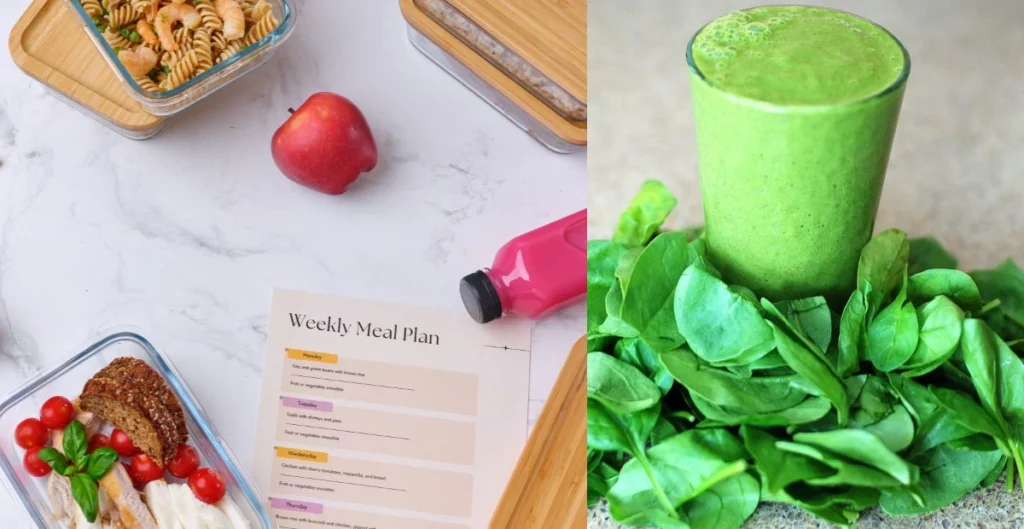
Incorporating ESL Strategies into Food and Drinks Lessons
When teaching a mixed classroom that includes both native English speakers and ESL (English as a Second Language) learners, it is essential to incorporate teaching strategies that cater to all students. A food and drink lesson plan can be particularly engaging for ESL learners because it introduces vocabulary that they can immediately use in their everyday lives.
Here are some effective strategies for incorporating ESL students into the lesson:
- Visual Aids: Pictures and flashcards of food and drinks are essential for helping ESL students grasp new vocabulary without relying too heavily on text-based learning.
- Repetition: ESL students benefit greatly from repeated exposure to new words. Encourage them to repeat words after you several times to help with pronunciation and retention.
- Interactive Games: Games like “Simon Says” or “I Spy” can be adapted to focus on food vocabulary, making it easier for ESL students to participate in the lesson.
- Peer Support: Pair ESL students with native speakers during activities to encourage conversation and teamwork. This can help ESL learners feel more comfortable practicing their new vocabulary.
- Printable Resources: Include ESL-specific worksheets or quizzes in the PDF lesson plan that focus on simplifying the language and providing additional visual support.
By incorporating these strategies into your lesson plan, you ensure that every student, regardless of their language proficiency, can actively participate and learn.
Food and Drinks in Classroom Activities
Classroom activities play a critical role in reinforcing vocabulary and making the lesson more engaging. First-grade students benefit from hands-on, interactive activities that allow them to apply their knowledge in fun, meaningful ways. Here are some activity ideas that can be included in your Food and Drinks Lesson Plan PDF:
1. Guess the Food Game
This game encourages students to describe food items without naming them while the other students try to guess. For example:
- “It’s sweet, it’s yellow, and you peel it to eat it.” (Answer: banana)
- “It’s crunchy, orange, and a vegetable.” (Answer: carrot)
This game reinforces descriptive vocabulary, encourages participation, and can be done as a whole-class activity.
2. Role-Playing in Food Shops
Set up a pretend grocery store or restaurant in your classroom. Students take turns being the cashier, waiter, or customer, using their newly learned vocabulary to “buy” or “order” food and drinks. For example:
- Customer: “I would like an apple and a juice, please.”
- Cashier: “That will be two dollars.”
This activity encourages conversation, teamwork, and practice using the new vocabulary in practical situations.
3. Drawing and Labeling Foods
This activity allows students to express their creativity while practicing vocabulary. Give each student a blank piece of paper and ask them to draw their favorite food or drink. Once they have finished drawing, they should label the picture with the correct word (e.g., “pizza” or “milk”).
This task is a great way for students to personalize the lesson and show their understanding of the vocabulary. Additionally, it can serve as a useful visual aid for displaying around the classroom.
4. Food Tasting and Describing
For this activity, bring in a few food items for the students to taste (ensure no allergies are present in the classroom). After tasting, ask the students to describe the taste and texture of the food using adjectives such as:
- Sweet
- Salty
- Crunchy
- Soft
This sensory-based activity makes learning about food more hands-on and memorable. It also encourages students to use descriptive language.
5. Healthy vs. Unhealthy Sorting
To help students understand the difference between healthy and unhealthy food, create a sorting game. Give students pictures of various foods (e.g., fruits, vegetables, candy, chips) and ask them to sort them into two categories: healthy and unhealthy.
a. Using Adjectives (Taste, Texture, Temperature)
Teach students to describe food using adjectives that refer to taste (sweet, sour, salty), texture (soft, crunchy, hard), and temperature (hot, cold, warm). These descriptors add depth to their food vocabulary.
b. Describing Meals and Snacks
Once students are familiar with food vocabulary and adjectives, encourage them to describe their favorite meals or snacks in detail. For example, they might say, “I like hot pizza with a crunchy crust and melted cheese.”
Writing Exercises Related to Food
a. Writing Short Descriptions
After learning vocabulary, students can write short descriptions of food items. For example, they might write, “An apple is red and sweet.”
b. Creating a Shopping List
Another fun activity is to have students create their own shopping list. This can be done either through writing or by cutting out images of food from magazines and labeling them.
c. Labeling Drawings of Meals
Students can draw their favorite meal and then label
6. Interactive Classroom Activities
a. Food Bingo
This is a fun and engaging way to reinforce vocabulary. Teachers can create bingo cards with different food items and call out the names while students mark the correct items on their cards.
b. Role-Playing Restaurant
This activity allows students to practice their food vocabulary in a real-world context. One student acts as the waiter, taking the food and drink orders of another student, who plays the role of the customer.
c. Sorting Healthy and Unhealthy Foods
Using cut-out pictures from magazines or printed images, students can sort foods into two categories: healthy and unhealthy. This reinforces both vocabulary and the concept of nutrition.
7. ESL Adaptations for Food and Drinks
a. Simplified Vocabulary for ESL Learners
For ESL learners, it may be necessary to simplify vocabulary and focus on a smaller set of words. Repetition and scaffolding are important to ensure understanding.
b. Role of Repetition and Peer Support
ESL learners benefit from frequent repetition and peer support. Encourage more proficient speakers to pair up with ESL students for role-playing and vocabulary games.
c. Use of Visuals
As with all students, visuals are incredibly important when teaching ESL learners. Flashcards, real-life objects, and images provide context to new words, making it easier for students to grasp and retain vocabulary.
8. How to Describe Food and Drinks
a. Using Adjectives (Taste, Texture, Temperature)
Teach students to describe food using adjectives that refer to taste (sweet, sour, salty), texture (soft, crunchy, hard), and temperature (hot, cold, warm). These descriptors add depth to their food vocabulary.
b. Describing Meals and Snacks
Once students are familiar with food vocabulary and adjectives, encourage them to describe their favorite meals or snacks in detail. For example, they might say, “I like hot pizza with a crunchy crust and melted cheese.”
9. Writing Exercises Related to Food
a. Writing Short Descriptions
After learning vocabulary, students can write short descriptions of food items. For example, they might write, “An apple is red and sweet.”
b. Creating a Shopping List
Another fun activity is to have students create their own shopping list. This can be done either through writing or by cutting out images of food from magazines and labeling them.
c. Labeling Drawings of Meals
Students can draw their favorite meal and then label
| Main Topics | Subtopics |
|---|---|
| 1. Introduction to Food and Drinks Lesson Plan | Importance of Food and Drink Vocabulary in Early Learning |
| 2. Objectives of the Lesson Plan | a. Vocabulary Building b. Descriptive Language Skills c. Healthy Eating Awareness |
| 3. Overview of Common Foods for Grade 1 | a. Fruits and Vegetables b. Proteins, Grains, and Dairy c. Drinks |
| 4. Teaching Strategies for Vocabulary | a. Use of Visual Aids b. Repetition and Games c. Incorporating Flashcards and Real-Life Objects |
| 5. Incorporating Healthy Eating Concepts | a. Healthy vs. Unhealthy Foods b. Role of Nutrition c. Teaching Balanced Meals |
| 6. Interactive Classroom Activities | a. Food Bingo b. Role-Playing Restaurant c. Sorting Healthy and Unhealthy Foods |
| 7. ESL Adaptations for Food and Drinks | a. Simplified Vocabulary for ESL Learners b. Role of Repetition and Peer Support c. Use of Visuals |
| 8. How to Describe Food and Drinks | a. Using Adjectives (Taste, Texture, Temperature) b. Describing Meals and Snacks |
| 9. Writing Exercises Related to Food | a. Writing Short Descriptions b. Creating a Shopping List c. Labeling Drawings of Meals |
| 10. Assessment Techniques for Food Vocabulary | A Vocabulary Quiz b. Oral Presentations c. Group Projects |
| 11. Digital Resources and Tools | a. Online Games and Apps b. Digital Flashcards c. Interactive Worksheets |
| 12. Lesson Plan Structure | a. Warm-up Activities b. Core Lesson Delivery c. Review and Reinforcement |
| 13. Modifying Lessons for Special Needs | a. Adapting for Visual Learners b. Engaging Kinesthetic Learners c. Accommodations for Dyslexia |
| 14. Common Challenges in Teaching Food Vocabulary | a. Attention Span b. Pronunciation Difficulties c. Limited Access to Real Food Examples |
| 15. FAQs on Food and Drinks Lesson Plan | Answering Frequently Asked Questions Related to Implementation and Adaptation |
Introduction to Food and Drinks Lesson Plan
In any Grade 1 curriculum, teaching about food and drinks plays a crucial role in early learning. Not only does this topic offer students essential vocabulary for everyday communication, but it also introduces them to basic concepts of nutrition and healthy living. By the end of the lesson, students should be comfortable naming common foods, describing their properties, and distinguishing between healthy and unhealthy choices.
This activity introduces basic nutritional concepts while reinforcing vocabulary.
Integrating the Food and Drinks Lesson Plan into Daily Learning
Integrating food and drink vocabulary into other areas of the curriculum can enhance student learning and make the concepts more relevant. Here are some ways to incorporate the food and drink lesson plan into different subjects:
- Math: Use food items to teach counting, addition, and subtraction. For example, ask students, “If you have 3 apples and you eat 1, how many are left?”
- Science: Explore where food comes from and how it grows. You can also discuss the different food groups and the importance of a balanced diet.
- Health Education: Discuss the importance of healthy eating habits, including the

